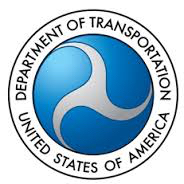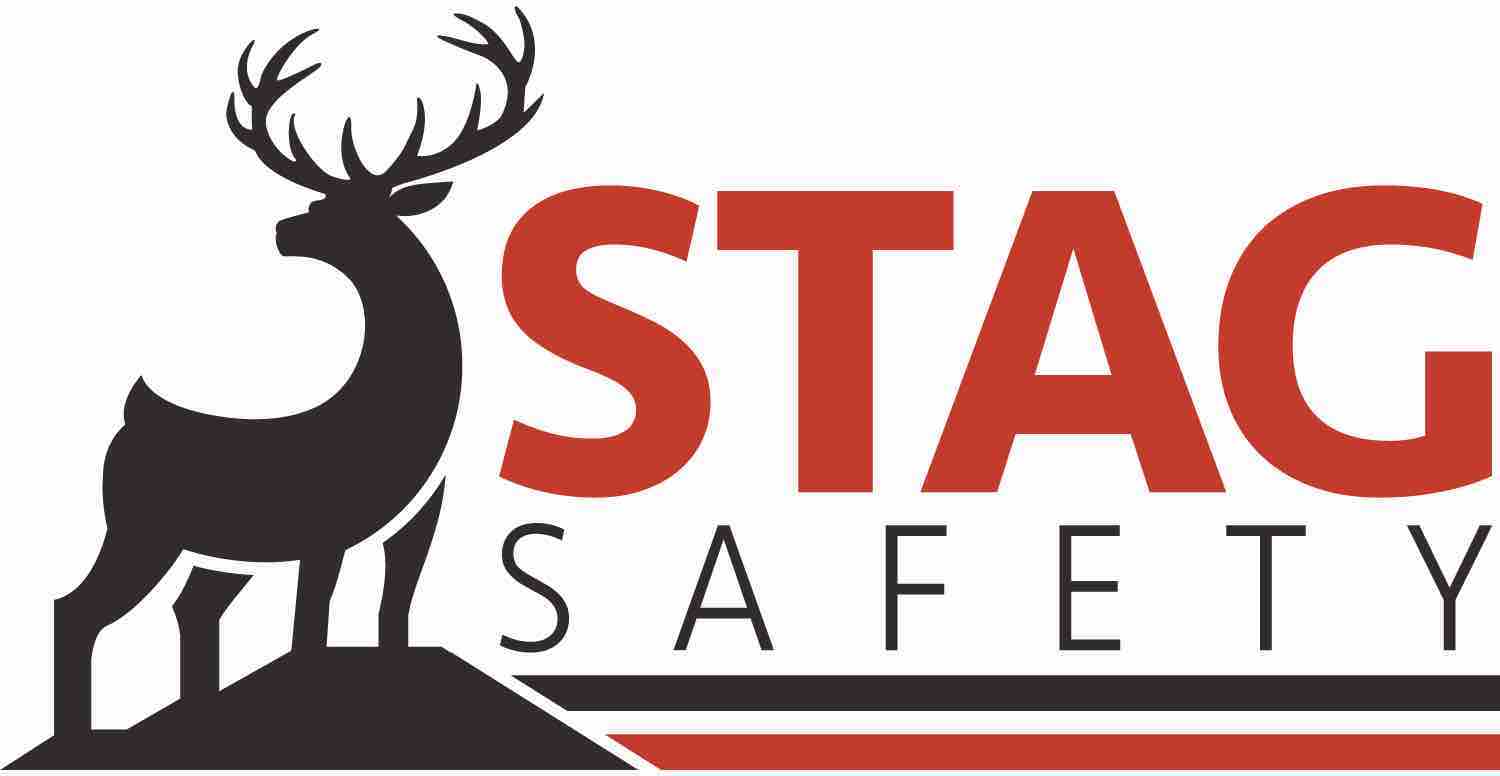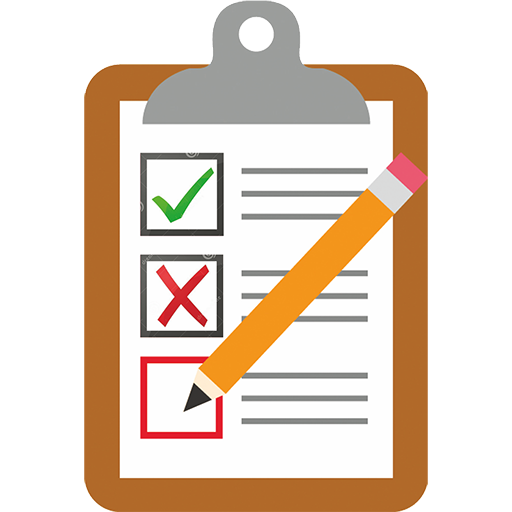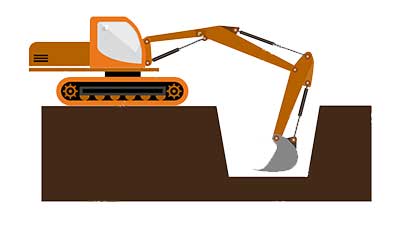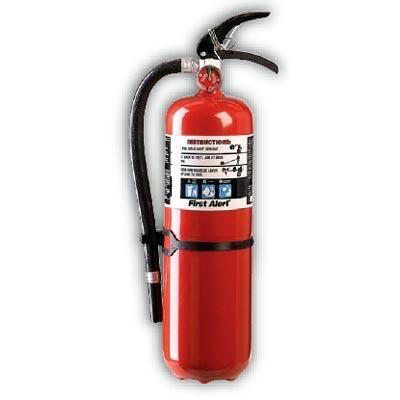Information
-
Site conducted
-
Document No.
-
Audit Title
-
Client / Site
-
Conducted on
-
Investigation Status
-
Prepared by
-
Investigation Team
Incident Date/Time & Location
-
Date And Time The Incident Occurred/Discovered:
-
Date And Time The Incident Was Reported:
-
Customer and Project:
-
Incident Location:
Incident Classification
-
Information Report / Non-Work Related
-
Near Miss
-
Property Damage
-
Minor = Valued less than $5000.00 / Major = Valued more than $5000.00
-
Injury
-
Injury Classification:
-
Spill / Release
-
Is the spill reportable? (More than 5bbl of liquid.)
-
Estimate Amount Spilled:
Employee Information
-
Employee Information:
Employee
-
Employee's Full Name:
-
Employee ID Number:
-
Employee Trade:
-
Employee Gender:
-
Employee's Date Of Birth:
-
Short Service Employee?
-
Employee's Phone Number:
-
Injury / Illness
-
Describe the location and nature of the injury:
-
Was Axiom Contacted?
-
Describe Treatment:
-
Was the Employee taken to a Medical Clinic or Hospital?
-
Name, Location, and phone number of the Clinic.
-
Name of the attending Physician.
-
Was prescription medication administered or given?
-
Was the employee released to full duty? (If not, list restrictions)
Property Damage
-
Property Damage
Property
-
Property Owner's Information:
-
Description of property and damage:
-
Vehicle Damage
Vehicle
-
Vehicle Owner:
- Company Owned
- Employee Owned
- Customer or 3rd Party
-
Unit Number:
-
VIN (Vehicle Identification Number):
-
License Plate:
-
Describe Vehicle Damage:
-
Unit Number:
-
VIN (Vehicle Identification Number):
-
License Plate:
-
Describe Vehicle Damage:
-
Vehicle Owner's Information:
-
Vehicle Description (Y/M/M):
-
Describe Vehicle Damage:
-
Equipment Damage
Equipment
-
Unit Number:
-
Manufacturer (Make/Model):
-
Equipment Type:
-
Describe Damage:
Utility Damage
-
Utility Damage
Utility
-
Utility Damaged With:
- Auger
- Backhoe/Trackhoe
- Boring
- Grader/Scraper
- Hand Tools
- Trencher
- Unknown/Other
-
Type of Utility:
- Electrical Line
- Telephone Line
- Television Cable
- Fiber Optic Line
- Pipeline (Gas/Oil)
- Water Line
- Sewer Line
- Other
-
Is the line regulated by the DOT?
-
Type of Pipeline Facility:
- Public - City Street
- Public - State Highway
- Public - County Road
- Public - Interstate Highway
- Public - Other
- Private - Business
- Private - Land Owner
- Private - Easement
- Pipeline
- Power/Transmission Line
- Dedicated Public Utility Easement
- Federal
- Railroad
- Data Not Collected
- Unknown/Other
-
Depth of damaged utility line:
-
Utility Owner:
-
Cable / Line Size (inches):
-
Type of underground pipeline facility affected:
-
Were Locates Requested?
-
Was the "One Call" Current?
-
One-Call Ticket Number:
-
One Call Ticket Date:
-
Check Damage Prevention Service:
-
One-Call Emergency Dig Up Ticket Number:
-
Check Damage Prevention Service:
-
Emergency Dig Up Ticket Date:
-
One-Call Emergency Dig Up Ticket Number:
-
Check Damage Prevention Service:
-
Emergency Dig Up Ticket Date:
-
Was The Utility Located?
-
Were The Locates Correct?
-
Was a "Blind Sweep" conducted?
-
We're all customer required permits completed?
Description Of Events
-
Brief Description Of Incident:
-
Describe Treatment:
-
Additional Investigation Information:
Root Cause Analysis
-
Is a Root Cause Analysis applicable?
-
Step 1 - Incident Event: Describe the incident (injury, illness, other losses). Describe the sequence of relevant events (prior-during-immediately after) incident.
-
Step 2 - Identify the Direct Cause of the incident. What is the DIRECT CAUSE of the incident? The simplest answer is the best. THIS IS THE MOST IMPORTANT STEP IN THE PROCESS.
-
Step 3 - Sequence of Events: Develop sequence of events from start to finish, based on interviews and physical evidence. Describe each event as an occurrence with one noun/verb. Describe the events precisely as they happen.
-
Step 4 - After the DIRECT cause, identify the primary surface cause. Was it a Hazardous Condition or Unsafe Behavior? Refer to accident weed for help.
-
Hazardous Condition:
-
Unsafe Behavior:
-
Step 5 - Event Analysis - The 5 Why Process: This step involves asking the 5 Whys (why, why, why, why, why). Begin with the basic direct cause of the incident. Start by asking the first why to the direct cause. One why uncovers one reason and generates another why.
Determine indirect cause (Hazardous Condition and Unsafe Behavior) from the sequence of events. -
Why (Question1):
-
Why (Question2):
-
Why (Question3):
-
Why (Question4):
-
Why (Question5):
-
Step 6 - System Analysis: (Root Cause). This step should identify missing standards, controls that management did not design or failed to implement. Continue asking "why" in order to develop the information needed to establish root causes. Note: Root causes are program, management and/or system breakdowns or inadequacies. Determine system design and system implementation causes for each of the indirect causes.
-
Step 7. Corrective Action: List the Corrective Action to avoid future occurrences.
-
Preventative Measures:
-
Preventative Measures:
-
Attach Photos:
-
Photo Notes:
-
Diagrams:
Close Out
-
All Information is correct and accurate.
Auditor Name & Signature
-
Auditor Name:








